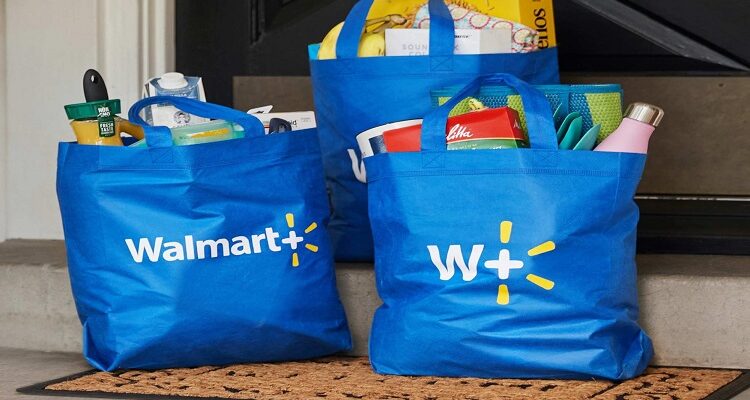In recent years, the shift towards sustainability has been at the forefront of consumer and business priorities, especially within the retail sector. This evolution in perspective has led to the exploration and adoption of eco-friendly alternatives for traditional packaging options. One notable star in this green revolution is the use of non-woven bags. Known for their durability and reusability, non-woven bags present an excellent opportunity for retailers to demonstrate their commitment to environmental stewardship.
Table of Contents
The Environmental Perks of Non-Woven Bags
Planet Earth is groaning under the weight of plastic waste, majority of which takes centuries to decompose. Non-woven bags come as a breath of fresh air in such a polluted scenario. They are commonly made from polypropylene or polyester, which are types of plastics, but due to their sturdy nature, they can be used multiple times, thereby dramatically reducing the number of bags needed and subsequently, the amount of waste generated.
Moreover, the energy consumed during the production of these reusable bags is far less in the grand scheme of things, compared to that expended on single-use plastic bags. Non-woven bags ensure a smaller carbon footprint, and being recyclable, they contribute to a circular economy, an essential aspect of sustainable living.
The Business Benefits of Non-Woven Bags
For retailers, adopting non-woven bags isn’t merely about being eco-conscious; it is also a savvy business move. These bags serve as a powerful tool for branding, as they are highly customisable. Companies can imprint their logos, contact information, and other promotional messages on these bags, turning their customers into walking billboards every time the bags are reused.
Furthermore, businesses sourcing wholesale shopping bags stand to benefit economically, too. Given that non-woven bags are durable and can carry more goods, they reduce expenditure over time compared to purchasing flimsy, single-use bags. Additionally, with increasing government regulations against plastic bags, companies will find themselves ahead of the compliance curve by switching to non-woven varieties.
Non-Woven Bags and Customer Perception
In an era where sustainability is a driving factor in consumer decisions, offering non-woven bags can significantly improve how customers perceive a retail brand. Such initiatives display a company’s ethical considerations for the environment, in turn, fostering customer loyalty. People are more inclined to support and recommend businesses that are seen to be taking responsibility for their environmental impact.
Moreover, the practicality of non-woven bags, often designed ergonomically with more substantial handles and a sturdier base, enhances customer satisfaction. The bags’ ability to be used in various contexts beyond the point of sale—such as for grocery shopping, gym visits, or beach outings—means that customers are likely to find real value in them.
The Versatility of Non-Woven Tote Bags
Particular mention must be made of non-woven tote bags. These are not just for shopping; they have found their way into being a fashion and utility statement. Easily foldable and available in various colours and designs, they suit a wide range of shopping and personal carry requirements.
Their broad and flat surface area also means that they are ideal for screen printing or heat transfer techniques, which is excellent news for businesses wanting to get creative with their marketing strategies.
Non-Woven Bags As a Marketing Strategy
In addition to being an eco-friendly choice, non-woven bags are also an effective marketing strategy. By customising these bags, businesses can create appealing packaging that promotes their brand every time the bag is reused. The long-term advertising benefits garnered from distributing high-quality non-woven bags to customers can be substantial.
Challenges and Considerations
Challenges in the adoption of non-woven bags do exist. Firstly, there’s the initial cost discrepancy, with non-woven bags typically costing more upfront than plastic ones. However, this can be offset by the bags’ longevity and the reduced need for replacements. Additionally, businesses should ensure that the non-woven bags they provide are fully recyclable and that customers are aware of how to dispose of them responsibly to ensure environmental benefits.
It is also crucial to source these bags from reputable suppliers who adhere to ethical manufacturing practices and use quality materials. Ensuring the bags are produced sustainably adds an extra layer to a business’s green credentials.
Conclusion
In the movement towards eco-friendly retail solutions, non-woven bags sit comfortably at the intersection of environmental responsibility and business acumen. While there may be minor hurdles to their implementation, the long-term benefits—for the planet, the customer, and the retailer—are undeniable. As awareness grows and attitudes shift towards keeping our environment untarnished for future generations, it is clear that non-woven bags will be a substantial part of that trend.
Now is the opportune time for retailers to consider integrating non-woven bags into their business model—not only as a step toward sustainability but also as a strategic business decision that could shape consumer loyalty and engagement in this environmentally-conscious era.
Exploring the Future with Non-Woven Bags
As retailers and consumers together navigate the path to a greener future, the role of non-woven bags will likely expand. Their benefits are far-reaching and resonate with the needs of our planet and the expectations of the market. By championing the use of non-woven bags, businesses are not only contributing to a healthier environment but are also investing in a sustainable brand image that could yield dividends in terms of customer loyalty and brand recognition for years to come.















Comments